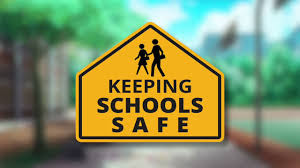How Safe Are Public Schools Today?
The safety of public schools today can vary depending on a number of factors, such as the location of the school, the size of the school, and the policies and procedures in place to ensure the safety of students and staff.
What Is Public Service Loan Forgiveness?
Public Service Loan Forgiveness (PSLF) is a federal program that forgives the remaining balance on certain federal student loans for borrowers who work full-time for qualifying public service employers. The program was created in 2007 as part of the College Cost Reduction and Access Act (CCRAA) and is intended to incentivize borrowers to pursue public service careers by offering loan forgiveness after a certain period of time.



